Trio Fedele - Debut - Chamber Music of Lowell Liebermann (2007)
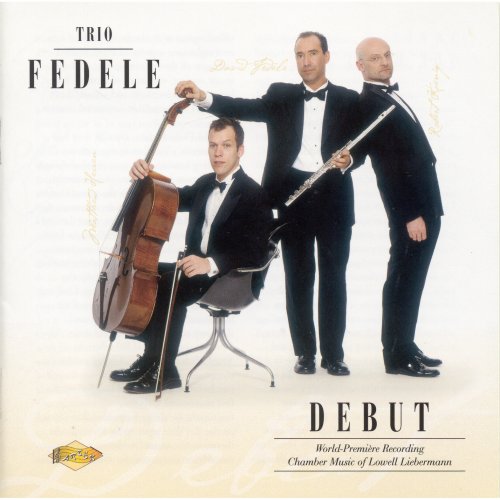
Artist: Trio Fedele, David Fedele, Matthew Herren, Robert Koenig
Title: Debut - Chamber Music of Lowell Liebermann
Year Of Release: 2007
Label: Artek
Genre: Classical
Quality: FLAC (tracks)
Total Time: 57:05
Total Size: 210 MB
WebSite: Album Preview
Tracklist:Title: Debut - Chamber Music of Lowell Liebermann
Year Of Release: 2007
Label: Artek
Genre: Classical
Quality: FLAC (tracks)
Total Time: 57:05
Total Size: 210 MB
WebSite: Album Preview
1. Trio Fedele – Flute Trio No. 2, Op. 87 (21:00)
2. David Fedele & Robert Koenig – Flute Sonata, Op. 23: I. Lento Con Rubato (09:59)
3. David Fedele & Robert Koenig – Flute Sonata, Op. 23: II. Presto Energico (03:53)
4. Trio Fedele – Flute Trio No. 1, Op. 83: I. Allegro (06:24)
5. Trio Fedele – Flute Trio No. 1, Op. 83: II. Moderato (05:07)
6. Trio Fedele – Flute Trio No. 1, Op. 83: III. Largo (07:58)
7. Trio Fedele – Flute Trio No. 1, Op. 83: IV. Presto (02:41)
This collection of flute chamber music by Lowell Liebermann shows the continuing influence of Shostakovich in American compositional circles. How could he not be influential? He drew the wrath of a murderous bureaucracy, something of which most American composers can only dream. The three pieces recorded here, two trios for flute, cello, and piano and one flute-and-piano sonata, are full of Shostakovich trademarks such as motoric piano rhythms, whole-tone themes, lyrical slow movements suffused with weighty gloom, and sonata-form outer movements in which the classical contrast of a rhythmic first theme and a melodic second theme is amplified with contemporary harmonies. Yet the music does not sound like Shostakovich. Liebermann removes a few key Russian elements from the texture, breaking up the music into virtuoso spaces for the flute and piano. It's lighter than Shostakovich, and much less evocative of the composer's struggles to find a place in contemporary society, but it's equally listenable. Sample the opening Allegro of the Trio No. 1 for flute, cello, and piano, Op. 83 (track 4), with its sparkling textures and expert instrumental treatments, or the novel three-movements-in-one structure of the Trio No. 2, Op. 87 (track 1). The craftsmanship of the music is impressive, and the performances by the Trio Fedele very well wrought. You have to be sympathetic to conservative academic styles to respond fully to this music, but those fitting that description, a group that includes quite a number of instrumentalists active in university settings, will find much of interest here.
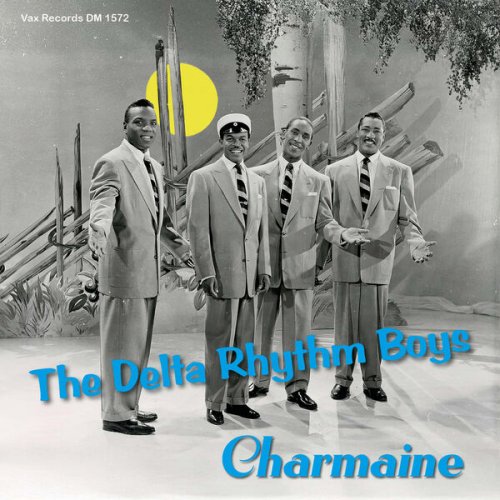


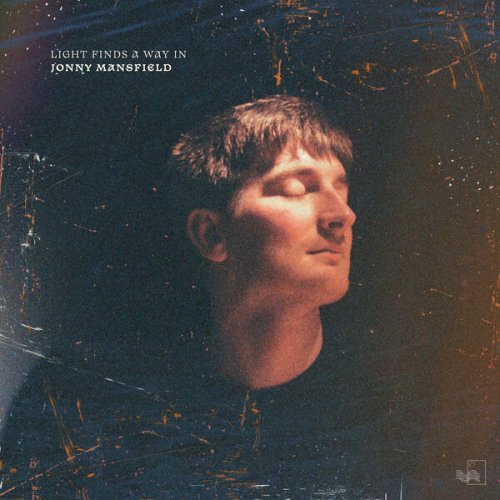

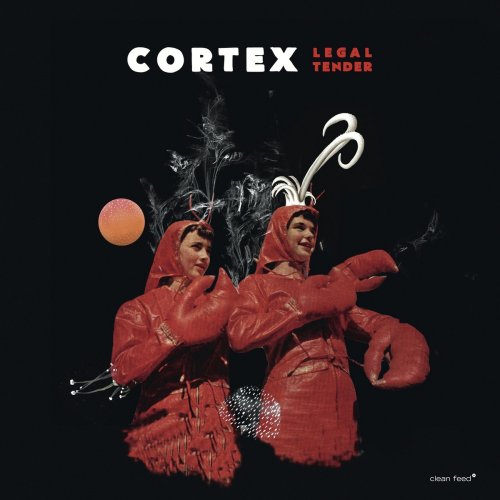
![Jamaican Jazz Orchestra - Rain Walk (2019) [Hi-Res] Jamaican Jazz Orchestra - Rain Walk (2019) [Hi-Res]](https://img.israbox.com/img/2025-12/21/snzv0mdiaf2dg21tiqrm87jaq.jpg)
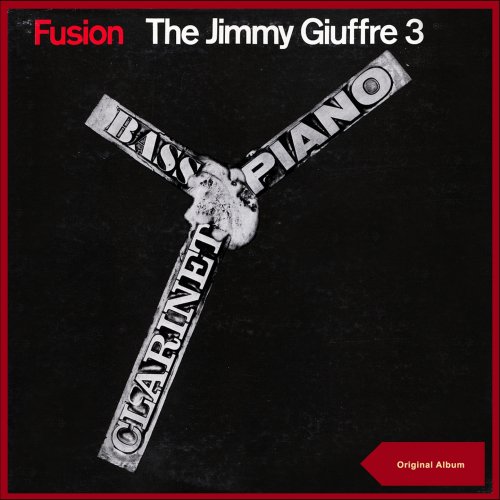
![Santi Vega - Un Instante Infinito (2025) [Hi-Res] Santi Vega - Un Instante Infinito (2025) [Hi-Res]](https://img.israbox.com/img/2025-12/19/xkxaonr6q5o8ydwyf3z1c8tp5.jpg)